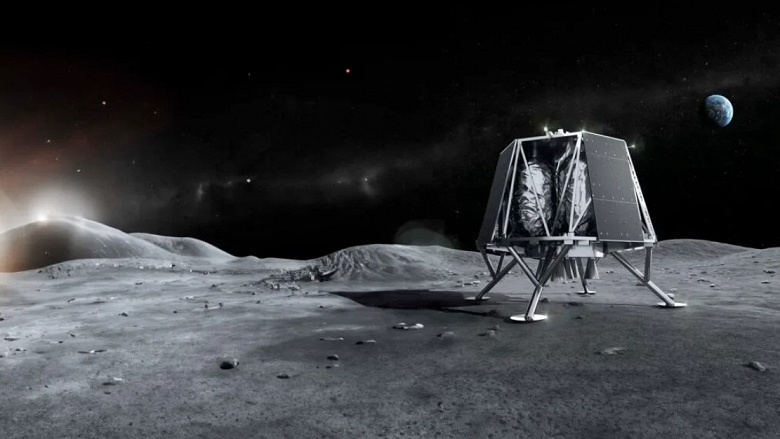The development can be used for autonomous missions in deep space
Space company Rhea Space Activity received a NASA grant to develop and test its lunar navigation system. On March 6, the company announced its victory in the TechFlights agency competition. The Rhea Space Activity project will receive $750,000 and the opportunity to launch two Jervis Autonomy Modules (JAM) as part of an upcoming commercial mission to the Moon planned for 2026.
The JAMs will be used as communications relays for the APEX 1.0 lander, which is intended for a mission to the far side of the Moon as part of the Lunar Payload Services program. JAM's primary goal is to enable each spacecraft to independently determine its orbit based on celestial navigation and images of celestial objects. Such technology will allow deep space and lunar missions to autonomously maintain trajectory and avoid the need to use NASA's Deep Space Network Space network (DSN), which will reduce the load on this network and save time and resources.
Each JAM module will be equipped with a high-resolution camera, which is also being developed by Rhea Space Activity. These cameras will be used for celestial navigation, as well as to create detailed images of the lunar surface for mapping and other scientific research.
Ron Garan, chief executive of ispace, noted that JAM — the first commercial payload on this mission. The lander will use NASA technology, such as geophysical and space-based instruments developed under the CLPS program.
Rhea Space Activity has been working on developing JAM technology for several years, and in 2021 the company received investment from SpaceFund and funding from the US Air Force. The company sees potential for JAM to be used not only in lunar missions, but also in other areas, including defense applications. For example, such technology will allow spacecraft to operate autonomously and independently in orbit, even in environments where GPS is not available, which will be important in supporting a variety of land, air and sea operations.

